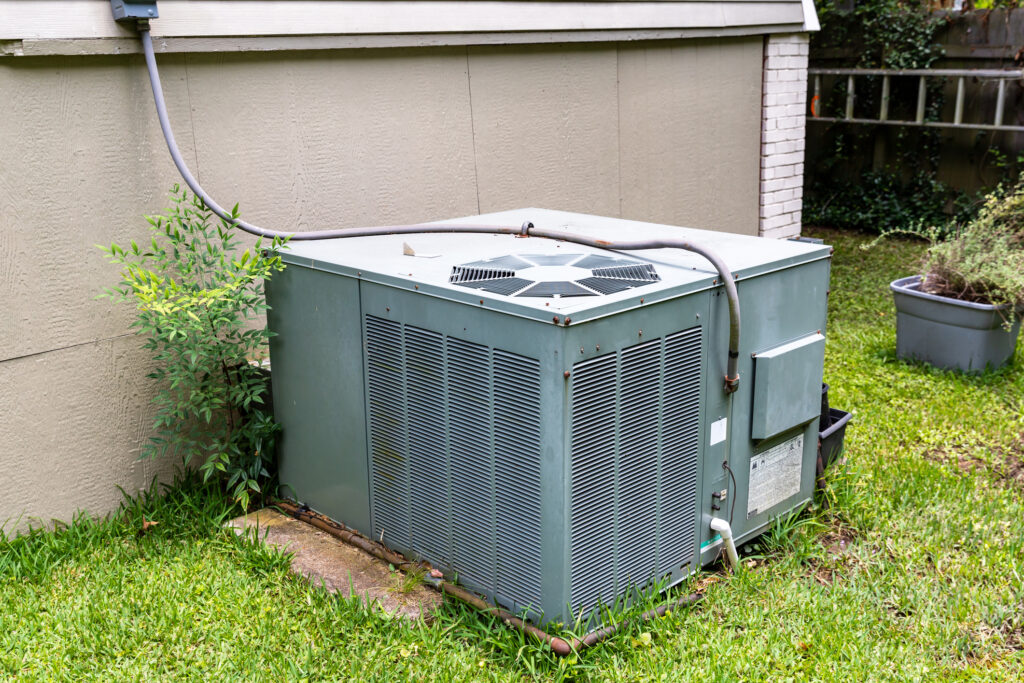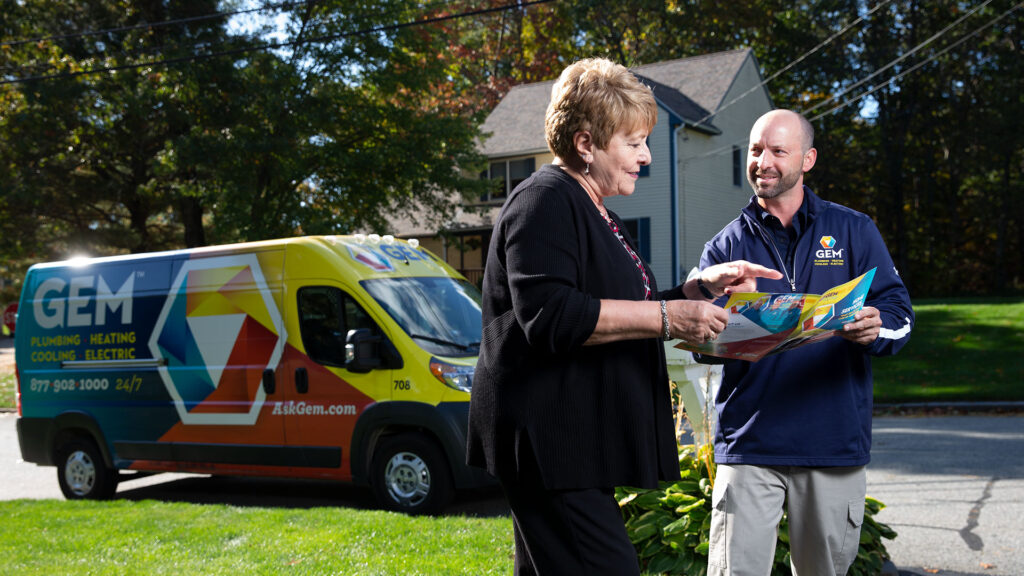A little rain never hurt anybody, but a lot can take its toll! When a heavy rainfall is coming your way, especially in New England’s warm months of summer, it’s best to be prepared if things go south. Learn what can go wrong and how to prepare for a rainstorm to keep you and your home safe.
New England Rainstorms: What Can Go Wrong?
Damages from heavy rain can be severe and costly. Here’s what can go wrong:
- Roof leakages
- Basement flooding
- Exterior wall damage
- Power outages
- Landscape issues
- Foundation damage
Fortunately, there are steps you can take to avoid some of these dilemmas and get your home up and running when this is all water under the bridge.
How Can I Prepare For a New England Storm?
Rather than letting the rain pour problems into your hands, make sure to establish a plan and prepare your home ahead of time.
Your New England Storm Preparedness Checklist
Creating a storm preparedness plan and checklist will help you stay organized and feel confident about protecting your home when the rain starts to fall. Here are a few housekeeping items to keep in mind:
Clean Your Gutters
Clear your gutters of any blockages to ensure proper drainage so that rain doesn’t pool up and seep into your roof cavity. Additionally, be sure to direct your gutters away from your home’s foundation to avoid any foundational damages and leaks in your basement.
Give Your Trees a Trim
Those strong gusts of wind during a storm are no friends to trees and branches. Make sure to keep your trees trimmed to secure the safety of your home and property, and keep tree size and location in mind for future landscaping and planting.
Inspect Your Roof
Because many roof issues may need to be handled by a professional, it’s important to examine your roof every year, even if a rainstorm isn’t in the forecast. Here’s what to look out for:
- Any broken, cracked, or dislocated shingles.
- Moss on your shingles that can cause them to dry or rust.
- Black grit in your gutters that may indicate your shingles are in decay.
- Your roof’s flashing (thin metal material where your roof and outer walls meet) is separating from the outer walls. This can cause leakages into your home.
Make sure these problems are dealt with before the rainstorm has a chance to worsen them.
Check Your Sump Pump(s)
If your home or neighborhood is prone to flooding, make sure your sump pump is working properly before the storm rolls around. It’s recommended to check your sump pump(s) routinely throughout the year to ensure it’s in tip-top shape.
Secure Your Yard
The last thing you want is to see your beloved barbecue damaged before a weekend cookout. Make sure to secure and cover all the valuables in your yard to avoid any damage from strong winds or rain.
Other Ways to Prepare
Aside from a storm preparedness checklist, establish a family action plan where you and your family members know the safest room to stay in and which materials to bring in case of an emergency. For example, what will you do in the event of a power outage?
Clear communication between your family members is key and can mean the difference between a smooth-sailing situation and a stressful, dangerous event.
Staying Safe During the Big Rain
Besides carrying out your family action plan, there are a few other things to keep in mind as you ride out the storm:
- Keep a close eye on the storm and its forecast, even right before it hits, to check on the severity and prepare for any last minute changes.
- Stay inside at all times and keep away from windows and doors.
- Have items like flashlights, food, and water nearby in case the rainstorm lasts longer than expected.
Conquering storm preparedness will help keep you and your family afloat, even when it seems like the rain is never-ending. Different storms can call for different action plans, so it’s best to know what to do in other weather — especially if lightning is in the forecast. Having a plan is key and means keeping your home safe and secure.



